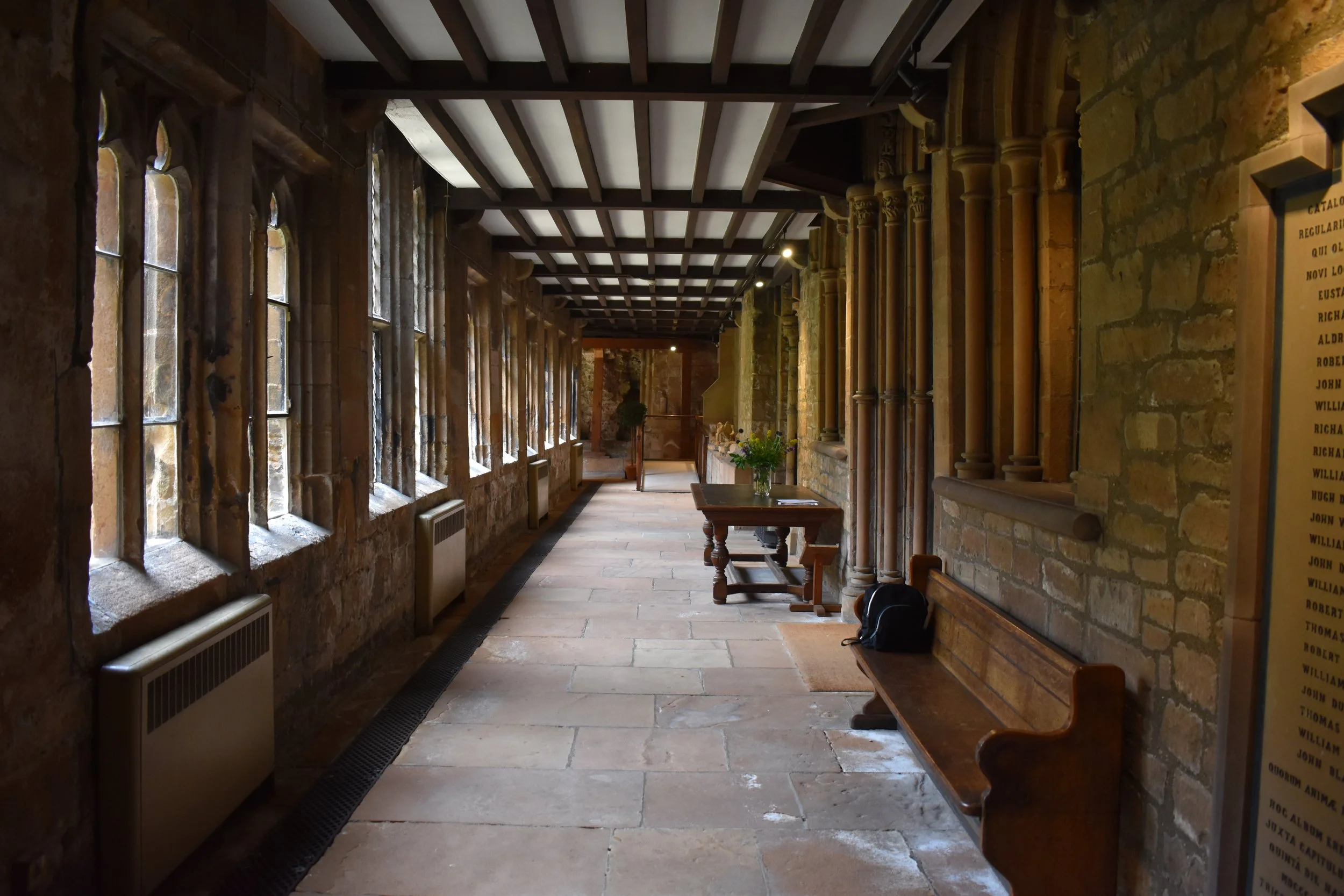Newstead Abbey
Founded by Henry II in the twelfth century as an Augustinian priory, Newstead Abbey was offered to the Byron family after the Dissolution of the Monasteries and it remained the principle country residence of that family for nearly three hundred years. George Gordon, 6th Lord Byron, its most famous occupant, lived at Newstead Abbey between 1808 and 1814. The main building suffered from neglect and deterioration before being inherited by the Romantic poet, who lamented, “Thou, the hall of my Fathers, art gone to decay” in the poem “On Leaving Newstead Abbey” (1807).
Byron inherited Newstead when he was 10 years old and found the house in a near-ruined state. The Great Hall has been stripped of everything- even the fireplace- but the estate appealed to Byron and he stayed in this romantic ruin many times, although he never lived here permanently. He hosted parties here, practised shooting pistols in the Great Hall, boxing in the Drawing Room and his pets-a tame bear, a wolf and his beloved great Newfoundland dog, Boatswain -all roamed the house.
Lack of finances meant that he was unable to restore much of the property, but he did manage to refurbish two apartments. A spiral staircase leads to Byron’s bedroom containing his four poster bed and the adjoining dressing room- reputed to be haunted. Here, in 1815, Byron is said to have been visited by the ghost of the Black Friar. He saw this as an ill omen for his impending wedding to Annabella Milbanke- and the marriage lasted only a few months. This ghost is said to have been the inspiration for the black friar in Byron’s poem, ‘Don Juan’.
In 1818, needing to pay his rising debts, Byron sold the Abbey to Thomas Wildman in whose hands it remained until 1861 when purchased by William Frederick Webb, an African explorer. It remained in that family’s hands until the early 20th century. In 1931, it passed to the organisation which now maintains it as a museum.
Byron is one of my favourite poets and Newstead Abbey has been on my list of essential literary locations for a long time so I was delighted when I had the opportunity to visit. It is a beautiful location and easy to imagine the troubled Byron roaming the house and grounds. His life was tumultuous and rumours about him included his having an incestuous relationship with his half-sister, Augusta Leigh. His daughter, Ada Lovelace, was an English mathematician and writer, chiefly known for her work on Charles Babbage's proposed mechanical general-purpose computer, the Analytical Engine.
Newstead now reflects the lives of not just the Byrons, but those who followed, offering much to see and enjoy.











